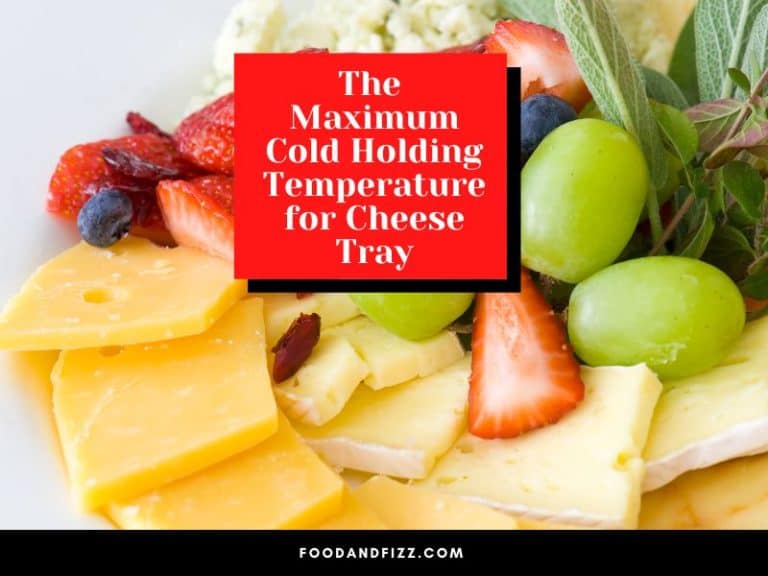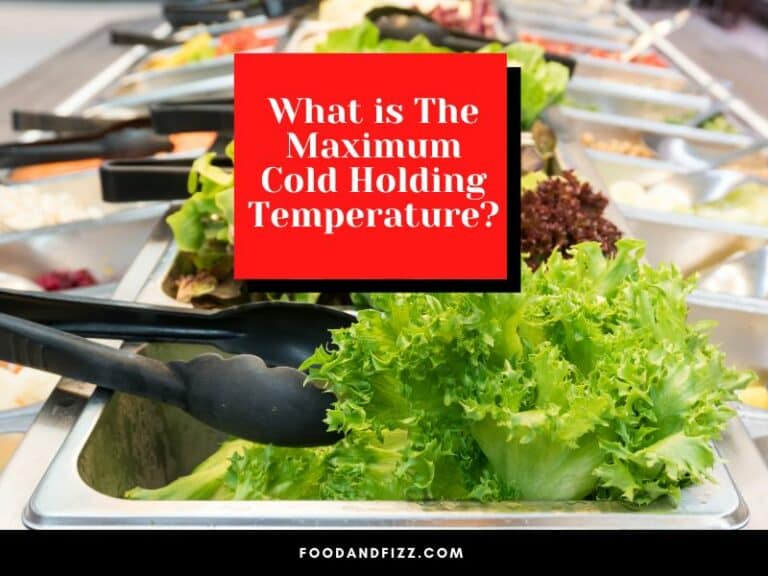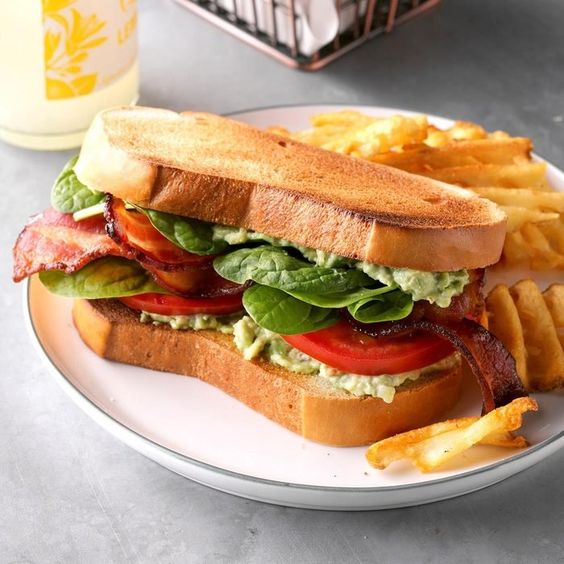Maximum Cold Holding Temperature For Pasta Salad – One common concern is the risk of purchasing items that are damaged or not as described. It can be a metaphor for much deeper exchanges in life. When someone buys a second-hand item, whether it’s a piece of furniture passed down through generations or a retro jacket from a bygone era, they are not just acquiring an object; they are connecting to a story, a memory, or a cultural moment. When we begin to view everything through the lens of commerce, it’s easy to lose sight of the things that make life worth living — the moments that aren’t for sale, the experiences that can’t be bought. One of the key defining features of quality goods for sale is their ability to stand the test of time. For those who are passionate about antiques, art, and memorabilia, the second-hand market offers endless possibilities for finding unique and valuable items that can be passed down through generations or added to a collection. But in reality, even the most profound relationships can be commodified in some way. A well-made frying pan or a durable pair of boots might not have the cachet of a designer handbag, but their value lies in their functionality and reliability. The rise of minimalist living, which emphasizes owning fewer, more meaningful possessions, has played a role in this shift. These platforms provide a convenient way for sellers to connect with potential buyers, set their prices, and arrange for shipping or pick-up. Legal experts are often involved at this stage to ensure that the transaction is conducted in compliance with all relevant laws and regulations. From designer labels to quirky, eclectic finds, second-hand clothing offers a wealth of variety and style at a fraction of the price of new items. For book lovers, buying second-hand books is an affordable way to build a library, and it can also be an opportunity to find rare or out-of-print titles that are no longer available in stores. There’s a certain art to selling something. The same logic applies to tools, kitchen appliances, furniture, and even technology. For those who enjoy the tactile experience of shopping and the sense of discovery that comes with it, thrift stores offer a personal and immersive way to shop for second-hand items. It carries with it a deep sense of commodification — the idea that every part of our lives, every piece of our history, every corner of our existence, has a price attached to it. When someone talks about purchasing quality goods, they are likely thinking of items that have been designed to last, to provide a superior experience, and to offer a sense of value far beyond the initial cost. Unlike starting a business from scratch, which requires time to build a reputation and establish market credibility, buying an existing business means stepping into an environment where some of the groundwork has already been done. In some cases, sellers may be willing to offer financing options, where they agree to receive payment over time, which can make the business more attractive to potential buyers.

What Is The Maximum Cold Holding Temperature? Remember This
Food and drug administration (fda) mandates that cold foods, including pasta salad, must be held at or below 41°f (5°c) to prevent the. The maximum cold holding temperature for pasta salad should be 40 degrees fahrenheit (4 degrees celsius). When it comes to food safety guidelines, maintaining the right temperature is crucial. Foodborne illness can grow on foods as a.

The Maximum Cold Holding Temperature For Cheese Tray (It’s Not What You
This temperature range is important to prevent the growth of. It is important to store the pasta. This means that it should be kept refrigerated at all times, and should not be left out at room. Food and drug administration (fda) mandates that cold foods, including pasta salad, must be held at or below 41°f (5°c) to prevent the. Recipes.

What Is The Maximum Cold Holding Temperature? Remember This
This means that it should be kept refrigerated at all times, and should not be left out at room. There is no definitive answer to this question as it depends on a number of factors, such as the type of pasta used, the ingredients in the salad, and how long it has been stored. What is cold holding temperature? Recipes.

The Maximum Cold Holding Temperature For Cheese Tray (It’s Not What You
This temperature range is important to prevent the growth of. When it comes to food safety guidelines, maintaining the right temperature is crucial. The cold food holding temperature for tcs foods must be 40 degrees fahrenheit or below. Food that has been placed in cold holding is kept cold, at or below. This means that it should be kept refrigerated.

What Is The Maximum Cold Holding Temperature? Remember This
When it comes to food safety guidelines, maintaining the right temperature is crucial. This is the temperature at which bacteria growth slows significantly, helping to prevent foodborne illness. The maximum cold holding temperature for pasta salad should be 40 degrees fahrenheit (4 degrees celsius). This means that it should be kept refrigerated at all times, and should not be left.

What Is The Maximum Cold Holding Temperature? Remember This
This temperature range is necessary to prevent the growth of harmful bacteria that can lead to foodborne illnesses. There is no definitive answer to this question as it depends on a number of factors, such as the type of pasta used, the ingredients in the salad, and how long it has been stored. When it comes to food safety guidelines,.

What Is The Maximum Cold Holding Temperature? Remember This
When it comes to food safety guidelines, maintaining the right temperature is crucial. It is important to store the pasta. The cold food holding temperature for tcs foods must be 40 degrees fahrenheit or below. This is the temperature at which bacteria growth slows significantly, helping to prevent foodborne illness. To ensure food safety, the u.s.

Maximum Cold Holding Temperature For Pasta Salad Android62
The cold food holding temperature for tcs foods must be 40 degrees fahrenheit or below. **the maximum cold holding temperature for pasta salad is 41°f (5°c).** pasta salad is a popular dish often served as a side or main course in various events such as. Pasta salad should remain refrigerated in an airtight container at temperatures below 40 degrees. What.

What Highest Temperature Allowed for Cold Holding Tuna Salad
Recipes · food · spanish · thanksgiving · sangria · desserts It is important to store the pasta. What is cold holding temperature? Foodborne illness can grow on foods as a result of germ growth. **the maximum cold holding temperature for pasta salad is 41°f (5°c).** pasta salad is a popular dish often served as a side or main course.

Solved What is the maximum coldholding temperature allowed
Food that has been placed in cold holding is kept cold, at or below. Recipes · food · spanish · thanksgiving · sangria · desserts To ensure food safety, the u.s. The cold food holding temperature for tcs foods must be 40 degrees fahrenheit or below. Food and drug administration (fda) mandates that cold foods, including pasta salad, must be.
It’s a small but significant way to make a positive impact on the planet, especially when one considers the volume of waste generated by fast fashion, electronic waste, and disposable goods. There are those who argue that not everything should be for sale. For the buyer, a car offers freedom, mobility, and a chance to create their own story on the road. In the realm of electronics, a quality product, such as a high-end camera or a premium laptop, can perform reliably for years, often outlasting cheaper alternatives. The idea that everything is for sale works to perpetuate inequality, as those with the most resources can continue to amass power and wealth, while others are left to scramble for what little they can get. The act of selling a home is a deeply emotional process, and when it’s completed, there’s a sense of closure and anticipation for what comes next. Used bookstores, both physical and online, offer an extensive selection of pre-owned books, from contemporary novels to classic literature. Regardless of the reason, the sale of a business is an event that requires careful planning, transparent communication, and strategic negotiations. Whether you’re the seller or the buyer, the phrase “for sale” is a reminder that everything in life is in constant motion, always moving toward something new, something different, something better. And, in a way, this is the ultimate form of freedom: the ability to buy, sell, and trade on your own terms. Second-hand markets also promote the idea of a circular economy, an economic system that focuses on reducing waste and reusing products. An item’s worth can be subjective, influenced by the desires, needs, and circumstances of both the seller and the buyer. Whether it’s the smooth finish of a well-polished wooden table or the satisfying feel of a perfectly balanced knife in your hand, quality goods evoke a sense of pride in their ownership. The artist who created it may have one understanding of its worth, while a collector may see it as a valuable investment, and a casual admirer might simply appreciate its beauty without considering its monetary value. For those considering buying a business, the appeal often lies in the opportunity to take over an existing operation and build upon its foundation. A house can be bought, a car can be sold, a watch can be pawned. These platforms often provide tools that help streamline the due diligence process, including access to financial documents, business valuations, and other relevant data. For some, selling a business is a proactive decision to move on to new ventures, while for others, the sale might be the result of external factors, such as market downturns, changing consumer preferences, or regulatory shifts. The production of new goods often requires significant resources, such as raw materials, energy, and labor, while also generating waste and contributing to pollution. In fact, there’s been a resurgence of interest in artisanal, locally-made products, especially in industries like fashion, home decor, and food.
And, in a way, this is the ultimate form of freedom: the ability to buy, sell, and trade on your own terms. These acts of generosity remind us that there are still things in life that cannot be bought, cannot be sold, and cannot be quantified. For sellers, online platforms can expand their reach to a global audience of potential buyers, increasing the chances of finding the right match for their business. While some people may be hesitant to purchase pre-owned electronics due to concerns about quality or reliability, the second-hand market for electronics has become increasingly trustworthy. For many, purchasing second-hand goods is not just about saving money, but about embracing sustainability, supporting a circular economy, and contributing to a more environmentally conscious world. For those on a budget or looking to stretch their money further, second-hand markets provide an opportunity to purchase goods that would otherwise be out of reach. On the other, there’s the challenge of assessing the true value of a business, navigating the complex negotiations, and ensuring that the business is a sound investment in terms of both its financial health and its long-term viability. Historically, many products were made by local craftsmen, and there was a direct relationship between the creator and the consumer. Unlike mass-produced items that may become outdated or fall apart with minimal use, quality products are designed to endure. They also often help with legal and financial aspects, ensuring that the transaction is completed smoothly and efficiently. We start to treat people as commodities, too — as means to an end, as tools for achieving personal success or social status. Whether through thrift stores, flea markets, online platforms, or garage sales, second-hand goods provide consumers with an opportunity to find items they might not otherwise be able to afford, while also contributing to a circular economy where products are reused and repurposed. But is this a reflection of reality? Or is it an illusion we’ve created, an idea we’ve accepted in order to make sense of a world that increasingly revolves around consumption and profit?
At the core of this idea lies the assumption that everything, no matter how unique or rare, can be exchanged. Beyond practical reasons, the appeal of quality goods for sale also lies in the sense of pride and satisfaction that comes from owning something well-made. People are not just looking for things that work well; they want products that elevate their environment and their experiences. As more and more people become concerned about the planet’s resources and the impact of consumerism on the environment, the concept of buying used goods has gained traction as a more sustainable alternative to purchasing new products. Whether it’s funding education, supporting homelessness services, or providing medical assistance, the money spent in second-hand shops can contribute to making a difference in the lives of others. Online marketplaces have opened up opportunities for people to buy and sell goods from the comfort of their own homes. The promise of success in a marketplace driven by capitalism can be an illusion for those who don’t have the resources or opportunities to compete on equal footing. These concepts, they say, are too sacred, too important to be reduced to mere transactions.